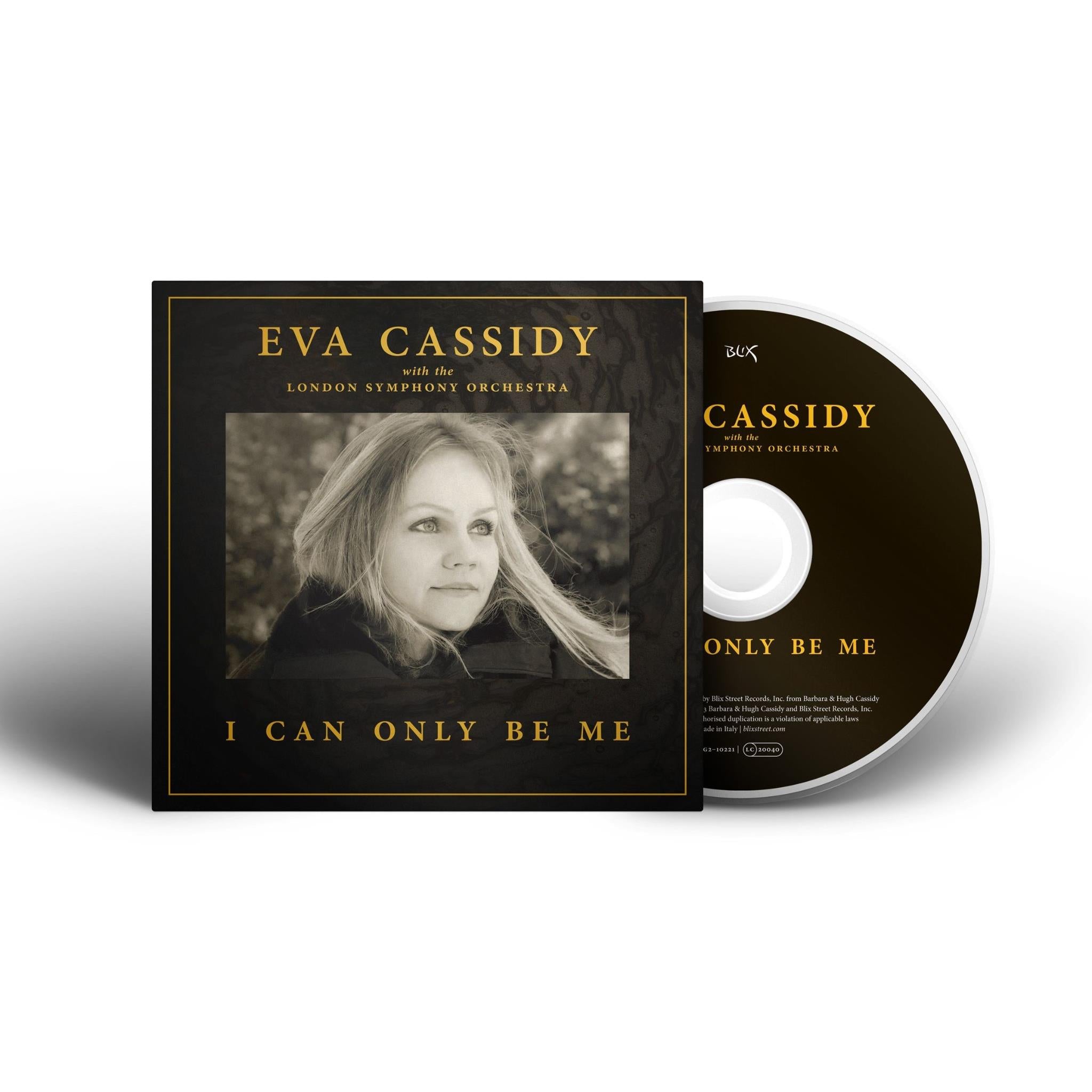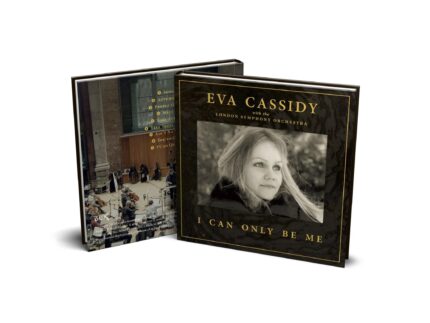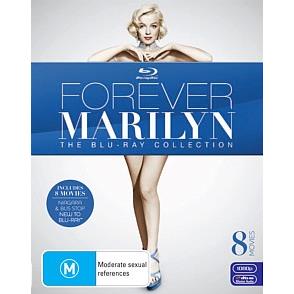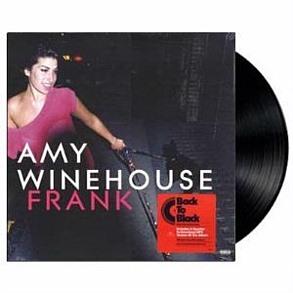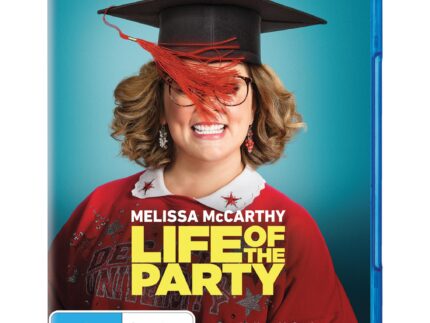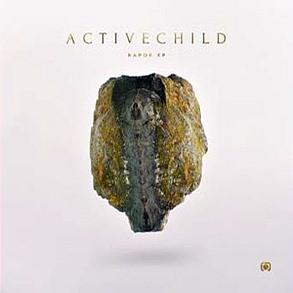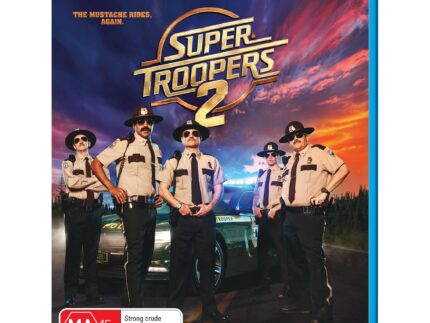I Can Only Be Me
It may be difficult to imagine a connection between the warmth and humanity of singer Eva Cassidy and the technology of cutting-edge innovation in audio restoration. But it is the marriage of those two seemingly disparate worlds that has helped create one of the most poignant and at times eerily transcendental albums that will be released this year.
I Can Only Be Me is a collaborative work that pares back one of the most cherished voices of the past 40 years and allows London’s oldest symphony orchestra to bathe it in an evocative new light. Taking as its starting point a series of vocals recorded by Cassidy before her death from cancer at the age of 33, the project has encompassed the creative input of composers, instrumentalists and technicians from Old Street to Brighton, Nashville to Pasadena. Their achievement is to bring to an artist who has already struck an emotional chord with millions around the world an entirely fresh reading.
Of the nine tracks in the new collection, one (Autumn Leaves) is from the US arranging/production team of William Ross and Jochem van der Saag (whose combined credits span Barbra Streisand to Michael Bublé to Star Wars) while eight have been arranged by British composer Christopher Willis. Willis is a former PhD student in musicology at the University of Cambridge, but left behind his classes in fugue and counterpoint to ‘run away’ to Hollywood. When Tom Norrell at Eva’s label Blix Street heard Willis’ soundtracks for Armando Ianucci’s The Death of Stalin (2017) and The Personal History of David Copperfield (2019), he sensed Willis might be someone who could enhance the reimagining Eva’s music through the prism of a symphony orchestra.
‘She sang such a wide variety,’ says Willis of his gradual engagement with Eva’s work. ‘The slow, melancholic songs, but also up-tempo things that she might have done with a big band and string section.’
The framework around which Willis has layered his compositions is made up of two of Eva’s studio takes, plus performances from her Blues Alley Jazz Club set of January 1996, the year she died. ‘Eva’s original vocal stems are basic live recordings with limited audio data for restoration,’ says engineer Dan Weinberg, who handled the restoration. ‘So we used a multi-stage process of machine learning, with delicate, almost forensic, editing of sounds — from cymbal bleed to the crockery noise of people eating dinner a few feet away from Eva. Many hours of rendering retained the quality and character of her performance, losing none of the magic.’
